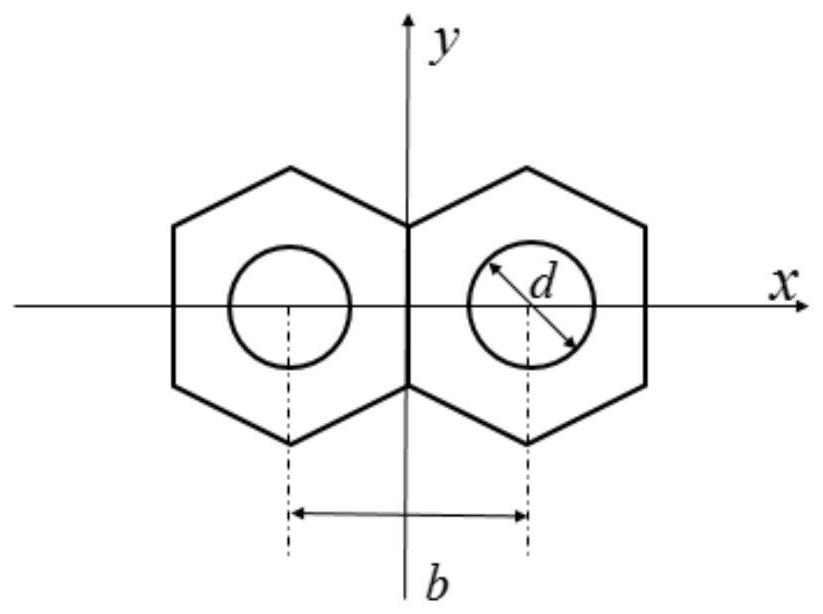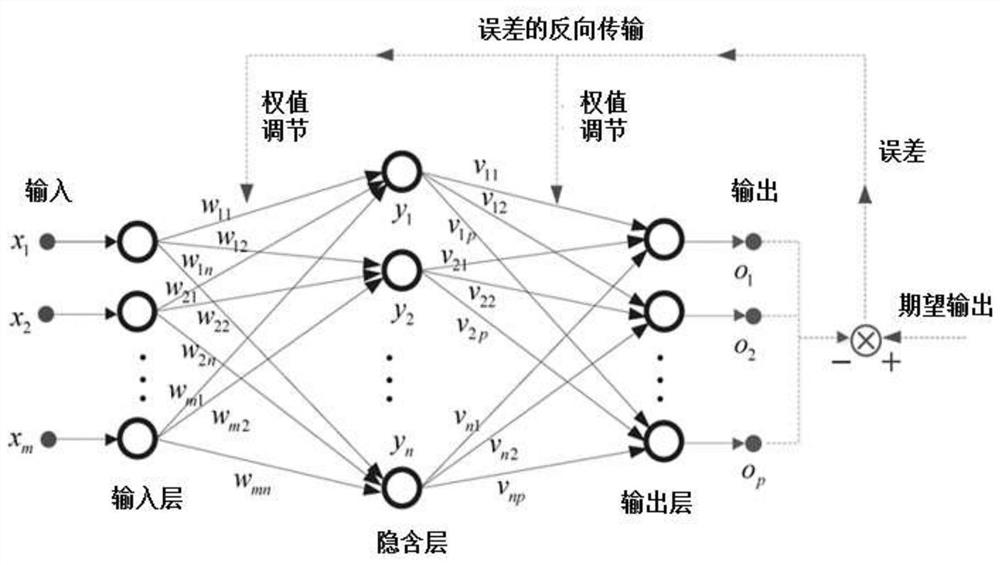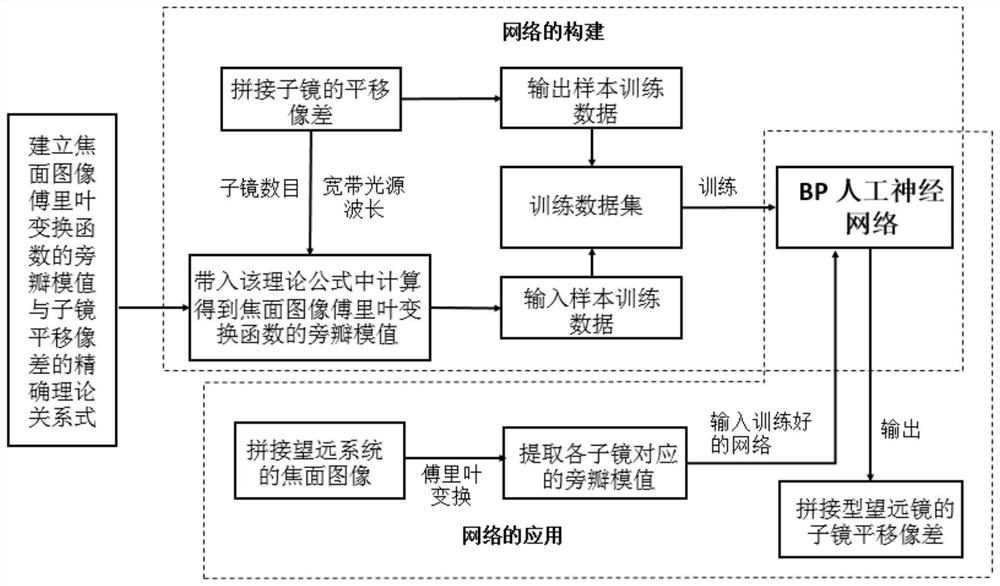BP neural network-based spliced telescope translation aberration detection method
A BP neural network and detection method technology, which is applied in the field of splicing telescope translation aberration detection, can solve the problems of low hardware cost, high hardware cost, and low efficiency
- Summary
- Abstract
- Description
- Claims
- Application Information
AI Technical Summary
Problems solved by technology
Method used
Image
Examples
Embodiment Construction
[0058] The following will clearly and completely describe the technical solutions in the embodiments of the present invention with reference to the accompanying drawings in the embodiments of the present invention. Obviously, the described embodiments are only some of the embodiments of the present invention, not all of them. Based on the embodiments of the present invention, all other embodiments obtained by persons of ordinary skill in the art without making creative efforts belong to the protection scope of the present invention.
[0059] The splicing type telescope translational aberration detection method based on BP neural network comprises the following steps:
[0060] first step, such as figure 1 As shown, by setting a mask with a circular sparse aperture at the exit pupil of the primary mirror, the circular sparse aperture on the mask corresponds to the center of each spliced sub-mirror of the spliced telescope. Based on the principle of Fourier optics, aiming at...
PUM
 Login to View More
Login to View More Abstract
Description
Claims
Application Information
 Login to View More
Login to View More - R&D
- Intellectual Property
- Life Sciences
- Materials
- Tech Scout
- Unparalleled Data Quality
- Higher Quality Content
- 60% Fewer Hallucinations
Browse by: Latest US Patents, China's latest patents, Technical Efficacy Thesaurus, Application Domain, Technology Topic, Popular Technical Reports.
© 2025 PatSnap. All rights reserved.Legal|Privacy policy|Modern Slavery Act Transparency Statement|Sitemap|About US| Contact US: help@patsnap.com



